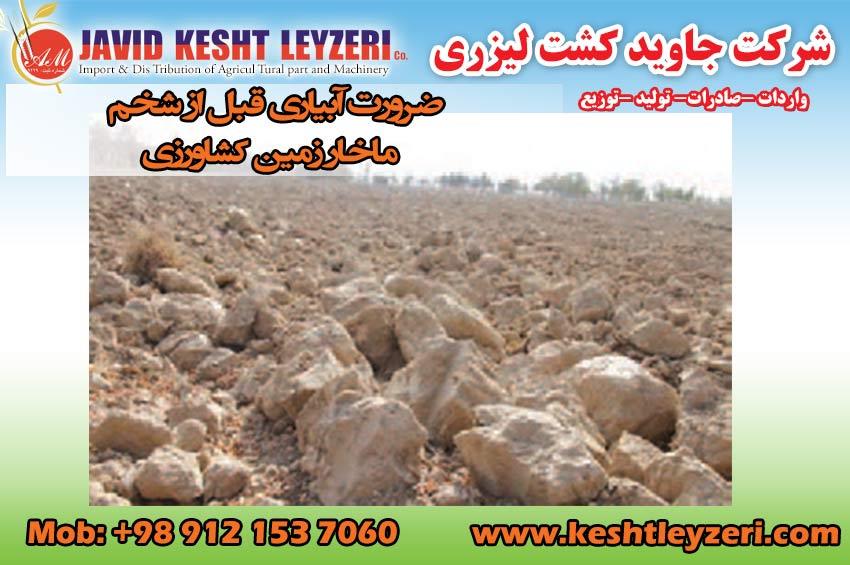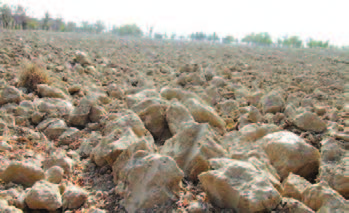
The necessity of irrigation before plowing the agricultural land
javid keshtleyzeri Co.ltd
Plowing goals are realized when it is done in the right time and conditions. One of the most important conditions for the successful implementation of plowing is that the soil moisture is good or favorable at the time of plowing. Based on this, if the soil moisture is less than optimal for plowing, it should be irrigated first, which is called Makhar. A few days after irrigating the land, according to its texture, it reaches the state of gauro. This moisture condition of the soil is the best time to plow. One of the important issues of Makhar Kinavahti is irrigation of the ground surface. If the surface of the field is not irrigated evenly and some places remain dry, it will be difficult to prepare the land with plows. In these parts, while the depth of the plow is reduced, a large clod is created.
In addition, with irrigation, weed seeds germinate in the field soil under suitable conditions. If the farmer has enough time, in such a way that he can make the interval between irrigation and plowing a little longer by maintaining soil moisture, the possibility of more weed seeds germinating and its better growth will be provided. Makhar, or irrigation before plowing, has two other advantages in addition to loosening the soil:
1. The number and density of weeds will be reduced.
2. Before flowering, weeds go under the soil and increase soil organic matter (green manure).

Plowing the land with moisture less than the Gavro limit and creating clods
How to irrigate the land before plowing - Makhar
Required tools and equipment: agricultural shovel, suitable work clothes, personal safety equipment, agricultural water
Steps to do the work:
1 Get ready for work.
2 Go to your farm with the necessary equipment.
3 Check the water flow paths from the source to the farm.
4 Remove any complications and obstacles in the way of water flow.
5 Check how water is distributed on the farm level.
1-5 If the previous crop was a field, check the boundaries of the fields and repair possible damage.
5-2 If the previous cultivation was piled barley, check the path of the furrows and ditches and remove possible obstacles.
6. Prepare the main and secondary atmospheric straps and intermediate straps.
7 Put water into the field and try to distribute it evenly.
Prevent any wastage of water seriously.
Remember that our country is located in the arid and semi-arid region of the world.
At the end of the work:
Clean your tools and equipment and observe personal hygiene.






